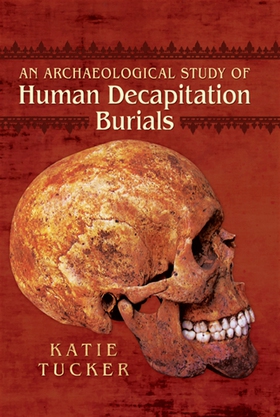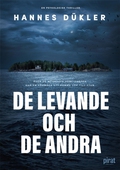
Lägg till önskelistan
An Archaeological Study of Human Decapitation Burials e-bok
Pris
115 kr
This is an in depth yet accessible study of human decapitation burials in Roman Britain. Dr Katie Tucker studied this subject for her doctorate and so is a leading expert in the area. Her findings go against conventional views of human decapitation burials of this period, which traditionally favour the view of a post-mortem removal of the head. Instead, Katie found the majority of the evidence did not support this theory and so concluded that most decapitations were likely to have been perfor...
E-Bok
115 kr
Pris
Förlag
Pen and Sword
Utgiven
15 Februari 2021
Längd
264 sidor
Genrer
Historia & Arkeologi, Fackböcker
Språk
English
Format
epub
Kopieringsskydd
Vattenmärkt
ISBN
9781473880634
This is an in depth yet accessible study of human decapitation burials in Roman Britain. Dr Katie Tucker studied this subject for her doctorate and so is a leading expert in the area. Her findings go against conventional views of human decapitation burials of this period, which traditionally favour the view of a post-mortem removal of the head. Instead, Katie found the majority of the evidence did not support this theory and so concluded that most decapitations were likely to have been performed prior to death, potentially as a result of execution or human sacrifice.
In order to gain a full insight into the ways in which these burials were formed and the reasoning behind these practices, Katie compares the decapitation burials to the burials of the wider Romano-British cemetery population. In doing this, Katie is able to better understand the differences between decapitated individuals and the rest of the population in terms of burial practice, demographics and ante-mortem health status.
Decapitation burials are not only confined to the Roman period and so Katie also discusses the context of them in the Neolithic, Bronze Age, Iron Age, Early Medieval, Medieval and Post Medieval periods in order to assess whether there is continuity between periods.




